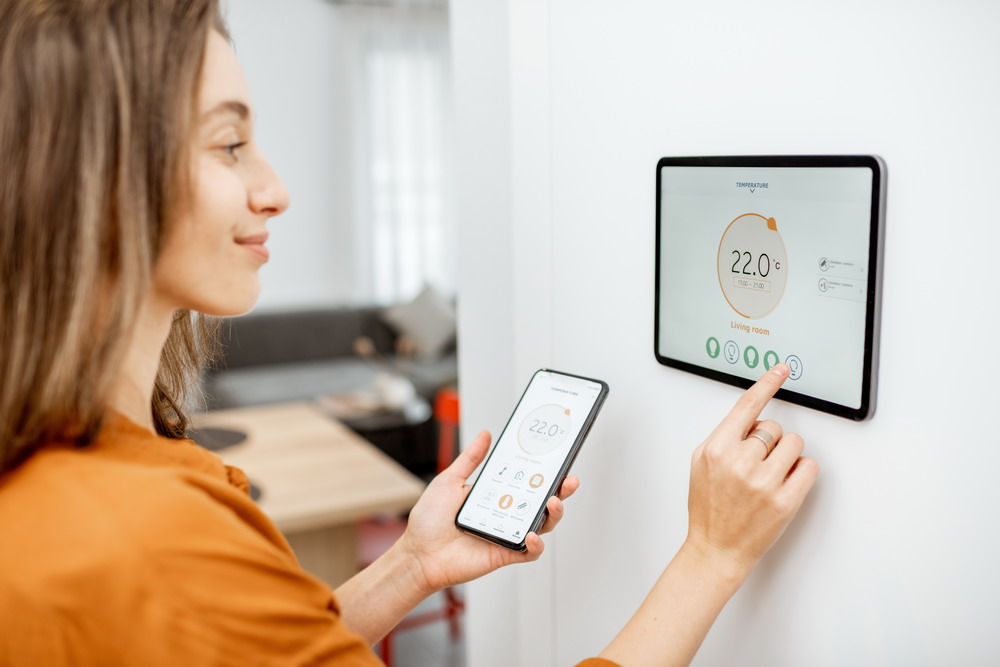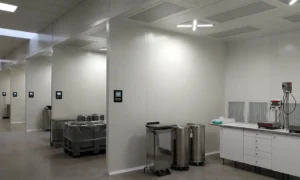Home improvement projects come with the territory when you own a home. There are kitchens to update and walls to paint. There are floors to refinish and bathroom fixtures to replace. If you look for a different kind of home improvement project while you’re staying safe at home, consider a smart home installation.
That’s right, a great home improvement project for the COVID-19 era is to turn your home into a smart home and Vivint offers some ideas. It is not as hard as you might think. Today’s wireless technology makes setting up a smart home as easy as installing a new wi-fi router and connecting your devices. Once up and running, a system can control everything from lighting to the blinds on your windows.
A Smart Home Definition
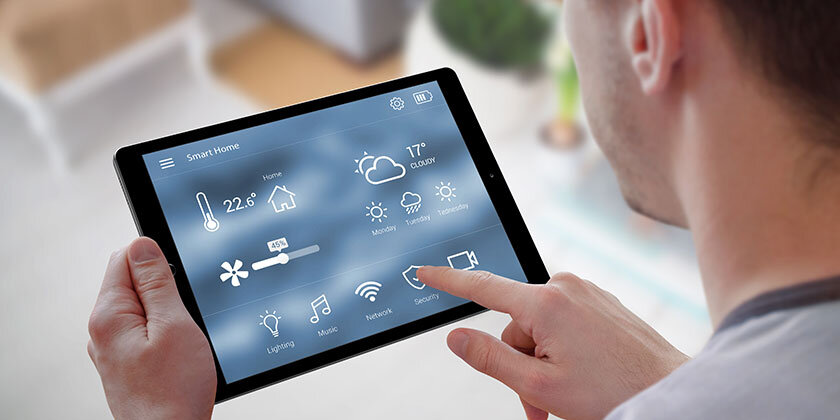
Source: airfurniture.net
Before we get into some of the great things you can do with smart home technology, we need to define exactly what a smart home is. A smart home is a home that utilizes a variety of technology components to make the overall property safer and more efficient without requiring extra work on the homeowner’s part.
The ‘smart’ designation relates to the fact that smart devices can be completely automated for the most part. Some of them even have on-board artificial intelligence that allow them to ‘learn’ a homeowner’s lifestyle and then automatically adjust themselves. Those technologies that do not artificially learn can still be programmed to respond to different signals. They can also be controlled remotely.
At the core of today’s smart homes are two devices: smart home hubs and cell phones. The former offers a central location in the home through which the system’s many components communicate. The latter gives a homeowner full access to his smart home system even when he is not at home. Combining the two is really what gives the modern smart home system so much flexibility.
Starting with the Basics
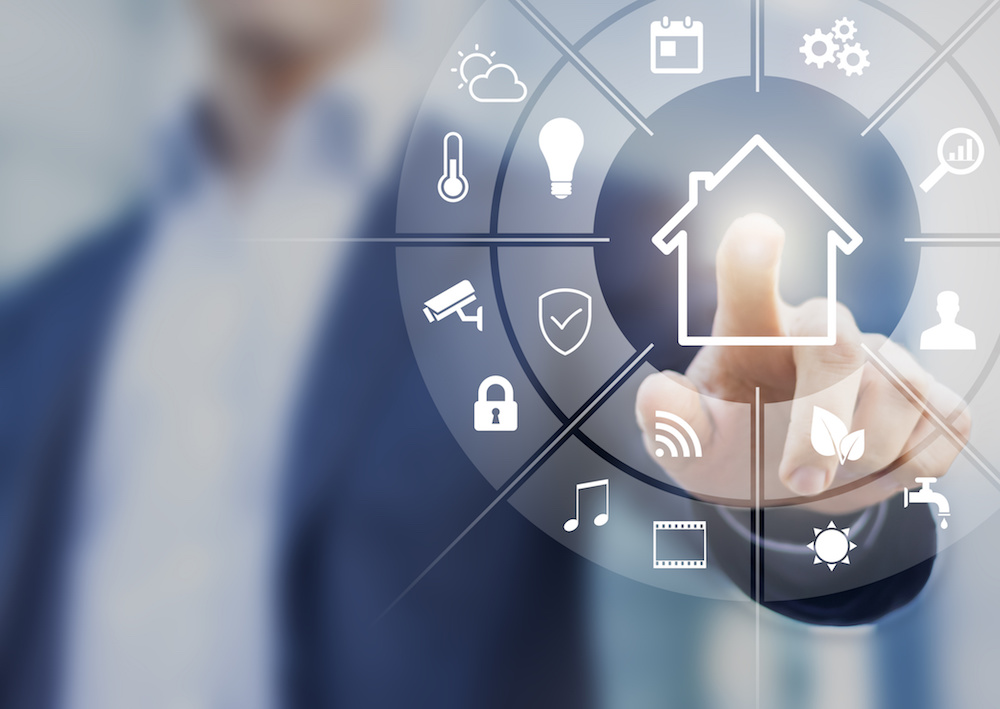
Source: telesiselectronics.com
There are two components that many homeowners start with. These are the smart thermostat and the video doorbell. Homeowners find them among the easiest devices to set up. Moreover, they offer the most practical benefits right out-of-the-box.
A smart thermostat is a programmable thermostat with some extra features. Unlike the programmable thermostats of days gone by though, modern smart thermostats come with an actual touch screen similar to a cell phone. The touch screen makes it a lot easier program.
A smart thermostat can also learn your daily routine when connected to a hub with other sensors. You just install it, program it, and give it a couple of weeks to gather data. Afterward it will automatically adjust itself. If you ever need to override the programming, you can do so using your hub or smartphone.
You are probably familiar with video doorbells already. They have been out for a while now, and it is fairly routine to see TV and internet ads for these very popular devices.
A video doorbell is a combination doorbell and video camera. It connects to your smart home hub or cell phone (if you don’t have a hub yet) for real-time monitoring. If someone approaches your front door, you instantly get a notification on your phone. You can then bring up the device’s companion app and see exactly who is/was standing there. Two-way voice communication even lets you speak to your visitor. For more useful tips check out this website.
Going Beyond the Basics
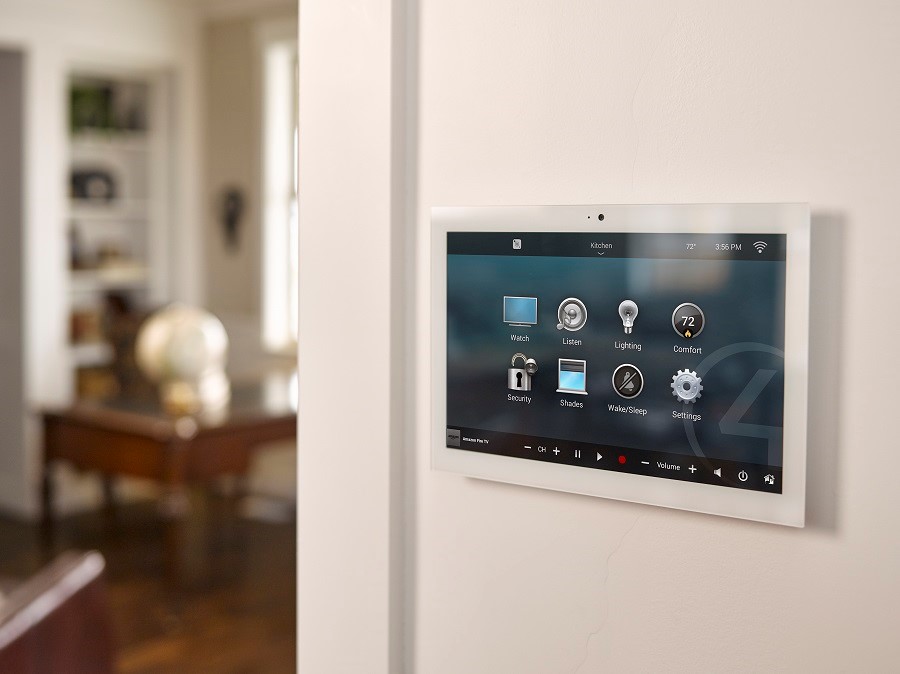
Source: icav.us
Smart thermostats are great for saving electricity year-round. A video doorbell offers benefits like front door monitoring for preventing porch piracy. But why stop there? There is a lot more you can do with smart home technology in the digital era.
It’s safe to say that just about any device powered by electricity can be controlled via smart home technology. Even if it just means turning some devices on or off with a voice command. In essence, you can make your home as smart as you want to make it.
Homeowners who have had good experiences with thermostats and video doorbell’s often take the next step and automate their lighting. You can automate both interior and exterior lighting; it is your choice. Lights can be programmed to create different scenes throughout the day and evening. And with the addition of a smart speaker, you can control your lighting just by speaking.
Window shades are another option. With the right companion devices, you can program electric shades to open and close at certain times of the day – and specific to each of the four seasons. You can also operate your shades remotely with your cell phone.
You can do even more:
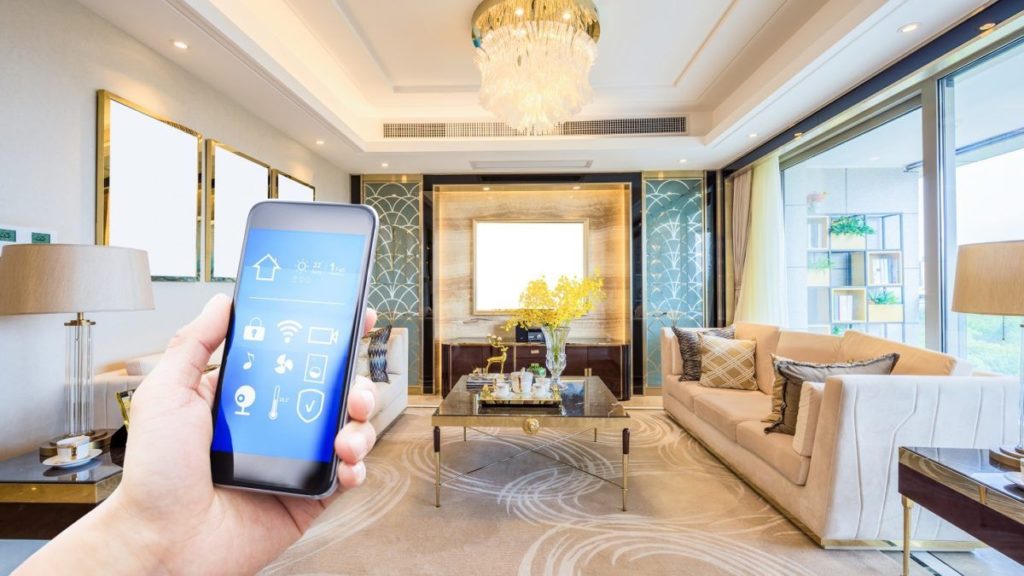
Source: pinterest.co.kr
- Smart Locks – Installing smart locks on your doors offers keyless entry and remote access. With smart locks, not everyone in the home needs to have their own key. You can even grant access to guests during temporary visits.
- Video Surveillance – For a lot of people, a smart home is not truly smart until it is protected by video surveillance cameras. Wireless cameras are all the rage for both interior and exterior spaces.
- Home Entertainment – More advanced smart home systems are programmed to work with home entertainment components. A home entertainment system can be programmed to offer a variety of different experiences based on simple voice commands.
It should be clear that the number of options for making a home smart is pretty significant. Maybe you already have a smart speaker in your home. If so, you know how easy it is to get the weather report or hear your favorite music just by speaking. Why not take the next step to making your home even smarter?
Home ownership involves home-improvement projects. It is just part of the game. As long as you are looking for a project to keep you busy, you might want to consider making your home smart. Coronavirus is going to keep you home anyway. You might just as well improve your home with a smart thermostat, video doorbell, lighting and more.


